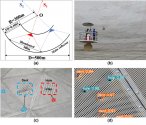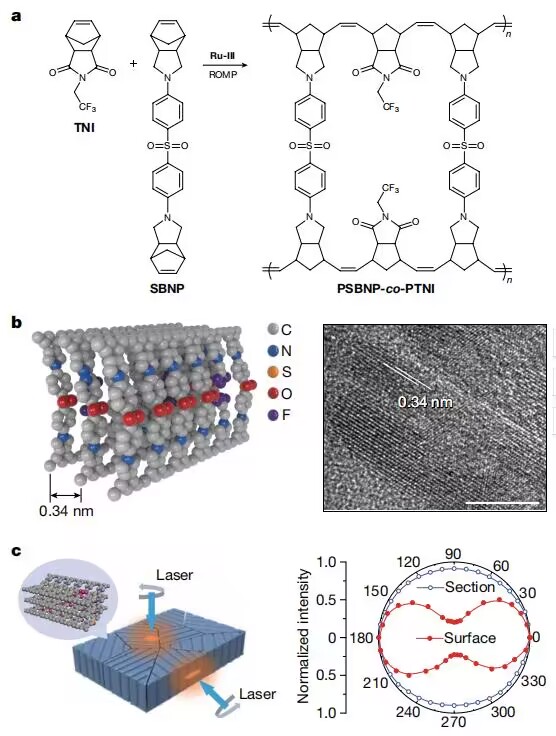@tphuang often gripes about how cobalt and lithium resources seem to be overemphasized by the US establishment (for example, going to extraordinary lengths to coerce countries for mining rights) but it's occurred to me that the sheer dominance of the battery industry by China has possibly created some kind of "blind spot" or "discontinuity" in the West's technology awareness.
The Western world is used to being the center of the scientific revolution: all of scientific discovery only served to solve their problems and the third world vassal states benefited by happenstance. Now you have China, a civilization going down a completely different technological path, and the US is confused because they're not used to contextualizing science to another people's needs (which is where we see all this projection about "Chinese scientific development = dystopian surveillance state OR weapons for world domination" comes from).
Moreover, they're used to having all the best papers published in English journals and now Chinese scientists are moving to domestic scientific journals. We all know how much Western analysts hate reading Chinese. I already notice browsing Nature that fields in which China dominates receive less frequent reporting. As China widens its science lead, their world (or ego-protecting echo chamber) will only continue to shrink.
The Western world is used to being the center of the scientific revolution: all of scientific discovery only served to solve their problems and the third world vassal states benefited by happenstance. Now you have China, a civilization going down a completely different technological path, and the US is confused because they're not used to contextualizing science to another people's needs (which is where we see all this projection about "Chinese scientific development = dystopian surveillance state OR weapons for world domination" comes from).
Moreover, they're used to having all the best papers published in English journals and now Chinese scientists are moving to domestic scientific journals. We all know how much Western analysts hate reading Chinese. I already notice browsing Nature that fields in which China dominates receive less frequent reporting. As China widens its science lead, their world (or ego-protecting echo chamber) will only continue to shrink.



